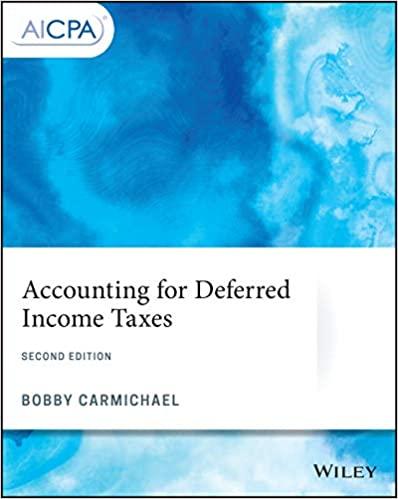An international mining company (IMCO) is negotiating a 5-year lease with the Chilean government to re-open an antimony mine following the recent upsurge in commodity prices. The current price of antimony has increased from $4800.00 to its current level of $8000.00 per metric tonne. The mine when open will yield an annual output of 100 million tonnes of antimony. There will be no set-up cost in re-opening the mine since the government has maintained its operational capability since it was temporarily shutdown some years ago. IMCO will have to incur a constant annual running cost of $425 billion (1000 million=1 billion), and a royalty payment of 25% on output sales revenue. All depreciation charges should be ignored. The corporate tax rate on net profit, defined as the difference between sales revenue less the royalty payment and the annual running cost, is 40.0%. This is applied whether the net profit is positive or negative, if the profit is negative then the implied negative tax implies a tax rebate paid at the time the negative profit was incurred. The annual volatility for antimony prices is 24.0%. The 1-year forward price for antimony is $8326,50. The continuous risk-free rate is 6.0%. a) Calculate the implied convenience yield for antimony. b) Calculate the evolution of antimony prices based on a binomial lattice covering the length of the intended lease contract with a stage length of 1 year c) For each node for each of the stages, calculate the periodic net cash flow accruing to IMCO. d) Calculate the present value of the lease project accruing to IMCO based on risk- neutrality and the evolution of the periodic net cash flows. c) Discuss the maximum amount that IMCO should pay for the 5-year lease. 1) IMCO is negotiating with the government an abandonment clause that will allow IMCO to terminate the lease without charge whenever the net cash flow becomes negative. Calculate the value of this abandonment clause to IMCO. g) If the underlying annual volatility increases from 24.0% to 30.0%, in what direction does the value of the abandonment clause change? Discuss your result. An international mining company (IMCO) is negotiating a 5-year lease with the Chilean government to re-open an antimony mine following the recent upsurge in commodity prices. The current price of antimony has increased from $4800.00 to its current level of $8000.00 per metric tonne. The mine when open will yield an annual output of 100 million tonnes of antimony. There will be no set-up cost in re-opening the mine since the government has maintained its operational capability since it was temporarily shutdown some years ago. IMCO will have to incur a constant annual running cost of $425 billion (1000 million=1 billion), and a royalty payment of 25% on output sales revenue. All depreciation charges should be ignored. The corporate tax rate on net profit, defined as the difference between sales revenue less the royalty payment and the annual running cost, is 40.0%. This is applied whether the net profit is positive or negative, if the profit is negative then the implied negative tax implies a tax rebate paid at the time the negative profit was incurred. The annual volatility for antimony prices is 24.0%. The 1-year forward price for antimony is $8326,50. The continuous risk-free rate is 6.0%. a) Calculate the implied convenience yield for antimony. b) Calculate the evolution of antimony prices based on a binomial lattice covering the length of the intended lease contract with a stage length of 1 year c) For each node for each of the stages, calculate the periodic net cash flow accruing to IMCO. d) Calculate the present value of the lease project accruing to IMCO based on risk- neutrality and the evolution of the periodic net cash flows. c) Discuss the maximum amount that IMCO should pay for the 5-year lease. 1) IMCO is negotiating with the government an abandonment clause that will allow IMCO to terminate the lease without charge whenever the net cash flow becomes negative. Calculate the value of this abandonment clause to IMCO. g) If the underlying annual volatility increases from 24.0% to 30.0%, in what direction does the value of the abandonment clause change? Discuss your result







